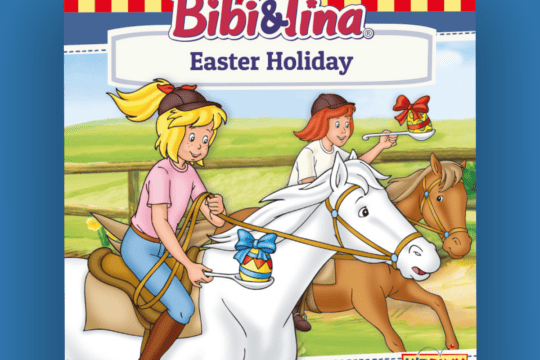
HomePony Know HowPony Care TipsShoes off
-
Pony Care Tips
Learn everything you need to know about caring for your fave pony. From feeding and grooming to mucking out – we have it all here!
-
Riding Tips
Improve your riding with our fab articles! Whether it's building your confidence, riding shapes, or jumping spreads that you need tips on, we have something for every rider.
Latest News
Shoes off

Ready to put your barefoot pony know-how to the test? Learn more here!
In issue 886 of PONY mag, we tested your barefoot know-how to find out whether you could successfully help a pony transition to going barefoot – here, we’ll take a deeper look into the hows and whys of getting it right.
Let’s take a closer look at some of the options in our quiz and what they really mean…
Dodger
A 14.3hh cob X, Dodger’s owner is ready to swap him to a barefoot lifestyle. We gave you the following options…
- Ask a qualified nutritionist to assess his diet to make sure it’s balanced, and he has all the nutrients he needs.
A balanced diet is super-important for all ponies, not just ones who are going through management changes. Lots of the nutrients Dodger needs to help his hooves grow strong and healthy should be found in his diet, so speaking to a nutritionist is an awesome way to help him go barefoot.
- Wait until the spring to take his shoes off because ponies struggle barefoot in the winter.
This can seem like a really good idea because winter often means wet ground and more work on the roads or stoney bridleways when other areas are too soggy to ride on. However, there’s no reason why a healthy pony can’t go barefoot at any time of year with the correct nutrition, management and exercise regime.
- Take his shoes off at the end of his shoeing cycle when he’ll have more hoof to support him.
This is a really good idea! After the 6–8 weeks since Dodger was last shod or trimmed, he’ll have grown lots of extra hoof that’s ideal for supporting him as he transitions to going barefoot.
- Put hoof boots on him for hacks on stoney ground.
Hoof boots are sooo useful for barefoot ponies because they protect his feet from rough, rocky or hard ground, meaning they’re ideal for winter hacking on stoney terrain.
- As your farrier whether a hoof dressing could help him grow healthier horn.
There are loads of hoof care options out there and your farrier’s the best person to go to if you have any questions. Lots of them can be really useful for keeping a pony’s hooves moist, strong or healthier, but they all do different things, which means asking for advice is super-important before you choose one.
- Tell the farrier he can’t go barefoot.
We think you know the answer to this one already! If the farrier’s said a pony has healthy enough feet to go barefoot, then as long as you keep up with his feeding and management routines, he should be perfectly fine to have his shoes off.
Annie
This retired 28-year-old pony’s ready to have her shoes off. Do you remember the questions we asked you about her?
- Insist she has a set of shoes on to protect her feet.
As we’ve said before, as long as the farrier’s confident Annie has healthy enough feet to go without shoes, she should be fine. She’s retired and in otherwise good health, so her feet won’t experience excessive wear like ridden ponies.
- Add a feed balancer to her ration to make sure she’s getting vital vitamins and minerals to support hoof growth.
Feed balancers can be a great way to ensure a pony’s getting everything she needs to be healthy and to help her feet grow strong. In Annie’s case, there are veteran and low-calorie options that could suit her – a call to your vet or a qualified nutritionist would help you find the right one.
- Get her seen by the farrier more often so he can monitor her hooves carefully.
While all ponies should have their feet trimmed even if they’re shod, it’s a good idea to get ponies who are newly barefoot checked a little more regularly to make sure they’re coping, even if it’s just for the first few cycles.
- Not worry about her feet because she’s retired.
Whatever a pony does, he should always have his feet trimmed every 6–8 weeks! Not doing so is neglectful and could damage his hooves and legs.
- Look out for wet ground and mud, and bring her into her stable if the ground gets really wet to protect her hooves.
During the winter, ponies often get very wet hooves if they live out full-time. This can cause infections like thrush to keep in, so if her field becomes waterlogged it’s a good idea to bring Annie in so her feet can be dried and treated if needed.
Woody
Remember 14hh competition pony, Woody? Here are the options we gave you for him…
- Get him some hoof boots for roadwork and hard or rutted ground.
Hoof boots are great for barefoot ponies and the perfect way to protect Woody’s feet while he works on harder ground, or stoney areas.
- Ask your farrier for a recommended hoof dressing
Just like Dodger, Woody could benefit from a hoof dressing, too. A farrier will be able to recommend one to suit his needs, whether that’s keeping them dry, moist or helping prevent infections.
- Ride on a variety of surfaces to get his feet used to it, but take care not to overdo it.
Getting a barefoot pony used to working on all sorts of surfaces will keep his feet strong and make sure he doesn’t get a shock when you do a competition on grass or go for a hack somewhere new. However, take it easy to give him time to get used to it without hurting his feet.
- Keep his shoes on so you can put studs in if you need to.
This is a tough one because lots of competition ponies do wear studs. However, ponies generally have more grip barefoot than they do with shoes, so it’s worth trying Woody without shoes to start with so you can see how he copes. Of course, if he really struggles then shoes might be necessary so you can put studs in on show days.
- Check his diet and make sure he’s getting everything he needs, asking a nutritionist for help if you need it.
Just like Dodger and Annie, nutrition will be super-important for Woody. He’ll need all the vital vits and mins to keep his feet in good health, and a nutritionist will help you find the perfect balance within his diet.
- Watch out for wet or muddy ground that could damage the hoof horn.
Wet ground can lead to infections and poor-quality hoof horn, so fencing off particularly wet areas or laying grass mats will protect Woody from the boggy conditions and keep his hooves healthy.
- Increase is feed so he grows more hoof.
It may be that Woody’s diet needs changing to support his new barefoot lifestyle, but simply adding more hard feed could make him gain weight that he needs to keep off or give him too much energy. Speak to a nutritionist and your vet to help you find the right balance without making him unhealthy.
For more on keeping a pony barefoot, check out issue 886 of PONY mag!


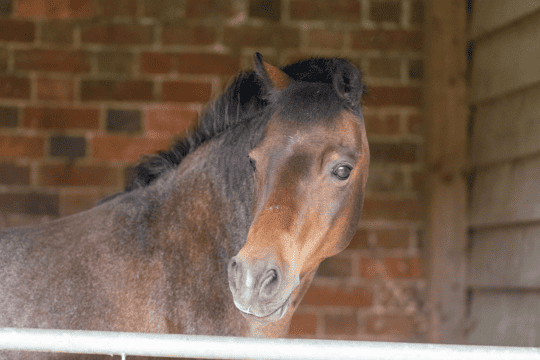
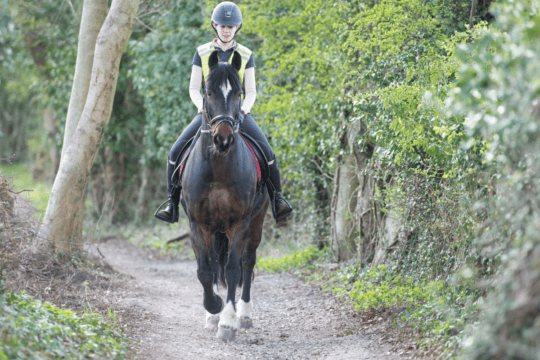
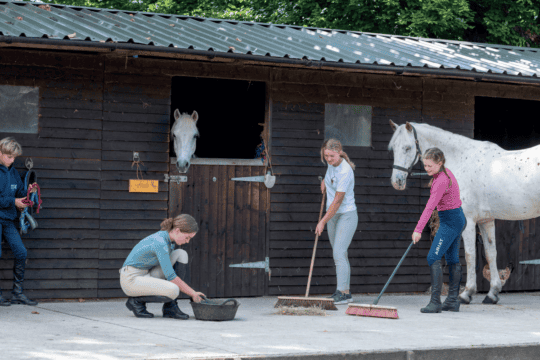
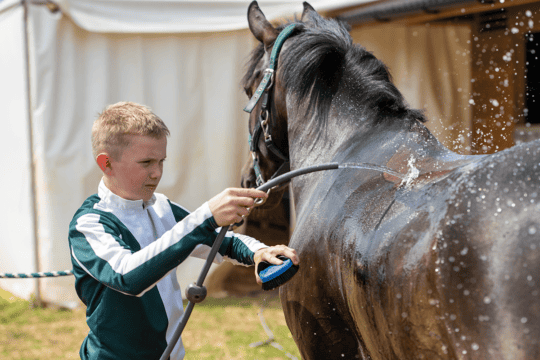




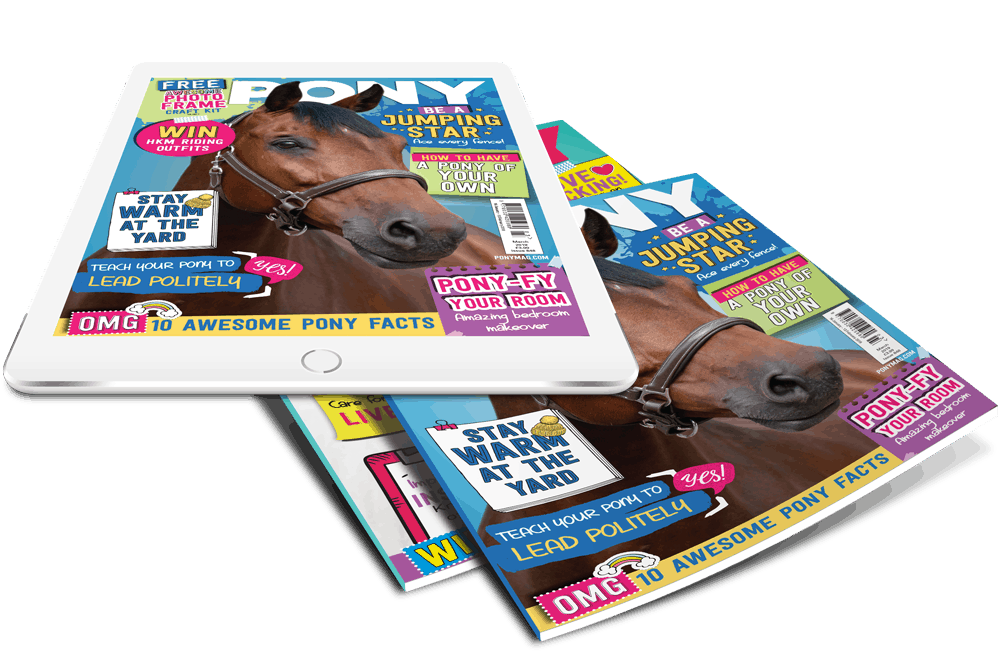











Leave a Reply
You must be logged in to post a comment.